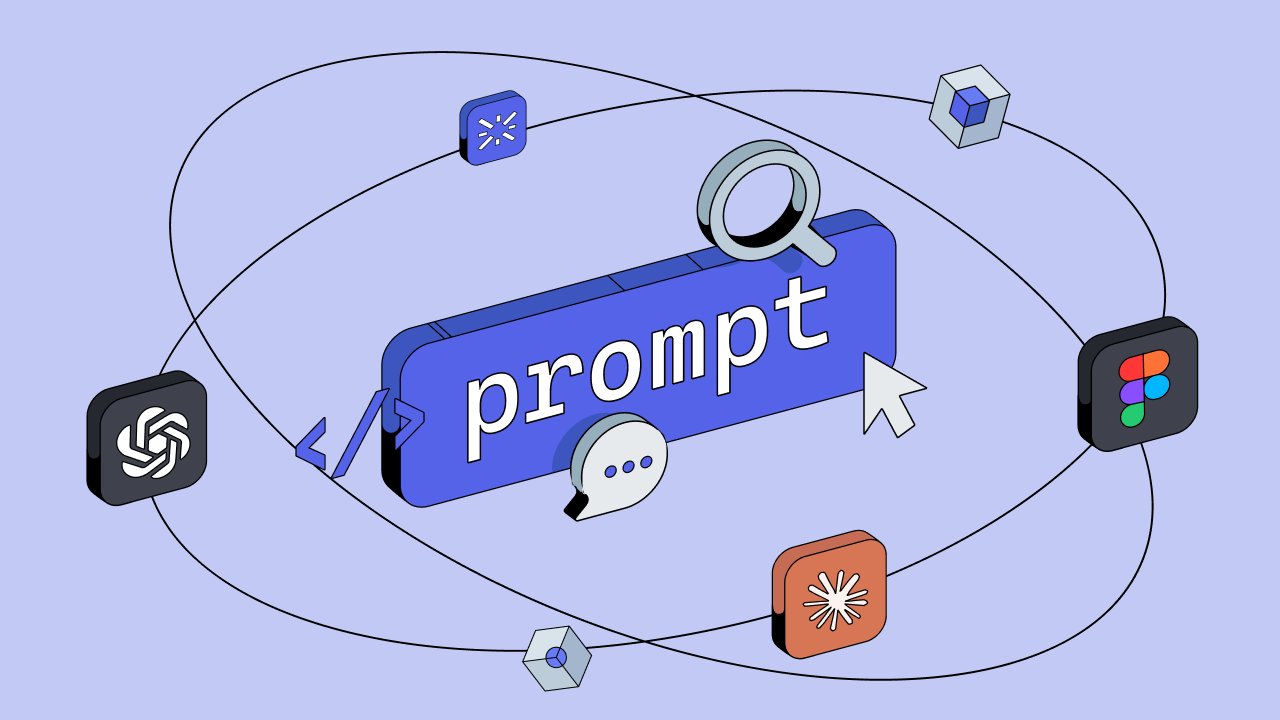Kiandra Insights
Prototyping with AI: how multiple LLMs improve software requirements


When projects succeed, it’s rarely by accident. Clear, accurate requirements are the foundation of great software but they’re also the part most prone to misunderstanding.
At Kiandra, we use AI prototyping and a multiple LLM workflow to make this step faster, more accurate, and more collaborative.
Rather than relying on a single AI tool, we “square off” multiple large language models (LLMs) for example, ChatGPT, Claude, and Atlassian Intelligence by giving them the same brief and comparing their outputs. This reveals blind spots, contradictions, and new perspectives that help us produce better requirements before development starts.
Why multiple AI tools beat a single perspective
Each LLM has its own strengths and biases. One might be better at summarising user stories, another at generating test scenarios, and another at translating technical requirements for a non-technical audience. By running the same prompt through more than one AI tool, we get:
- Broader coverage – fewer missed edge cases or overlooked details
- Multiple perspectives – different ways of framing the same requirement
- Higher confidence – inconsistencies are spotted before they cause delays or rework.
This approach is particularly valuable for complex, high-stakes projects where requirements accuracy is critical.
Turning requirements into interactive prototypes
Once we’ve refined requirements, we move to rapid AI-driven prototyping using tools like Lovable and Figma Make. These platforms can turn a written specification into interactive mock-ups in minutes, allowing stakeholders to see and click through an early concept.
The goal isn’t to produce a polished product at this stage. It’s to:
- Validate assumptions with real users early
- Refine functionality through rapid iteration
- Align stakeholders before development begins.
By having something tangible to react to, discussions become more concrete and more productive.
The role of human judgement in AI prototyping
AI speeds up and broadens the exploration process, but it doesn’t replace expertise. Every requirement is still validated by our team, tested against compliance needs, and assessed for its fit with the wider business context.
In other words, the AI generates possibilities, but our people decide which ones are viable, secure, and aligned to the project’s objectives. This ensures quality and reduces the risk of expensive changes later in the build.
Step-by-step: how to prototype with AI and multiple LLMs
If you’d like to try this approach yourself, here’s a simple workflow:
- Write your initial prompt – Describe the project or feature in plain language and paste it into ChatGPT and Claude
- Ask each LLM to interview you – Request clarifying questions to uncover assumptions, missing details, and potential risks
- Cross-pollinate the results – Paste ChatGPT’s refined version into Claude, and Claude’s into ChatGPT, asking each to improve on the other’s work
- Spot the gaps – Have each LLM compare both versions and highlight contradictions or unclear statements
- Merge into one specification – Combine the strongest elements from both into a single, clear document
- Prototype rapidly – Paste the specification into Lovable and Figma Make to create interactive UI/UX mock-ups
- Curate the best ideas – Select the most effective UI and UX elements from each prototype to form your own design
- Refine with feedback – Share with stakeholders, gather input, and update requirements accordingly
- Progress to analysis and design – Move forward with a validated, well-structured specification that reduces risk and increases delivery confidence.
The benefits of an AI-driven prototyping process
By combining multiple LLMs with rapid prototyping tools, you start projects with:
- Clearer requirements – fewer misunderstandings later
- Tighter alignment – stakeholders agree on scope earlier
- Reduced risk – inconsistencies are resolved before build
- Faster progress – prototypes are ready in hours, not weeks.
This method doesn’t just save time it improves the quality and accuracy of the end product while building stakeholder engagement from the start.
Ready to build smarter, faster, and with more confidence?
At Kiandra, we help teams transform their ideas into validated, risk-reduced software through AI-powered prototyping and multi-LLM workflows. If you’re ready to explore how this approach can accelerate your next project, get in touch with us today.
More insights

How low code is transforming app development in insurance
Low-code development is changing how insurers build and modernise their systems. It’s faster, more flexible and helps bridge the gap between IT and business. Learn how platforms like OutSystems, and Kiandra’s delivery expertise, are helping Australian insurers move beyond legacy systems and deliver better digital experiences.

Your legacy software is on borrowed time
Your legacy systems are quietly costing you time, money, and opportunity. Learn why they are on borrowed time and how a modern, low-code approach can help you move forward with confidence.

Replacing legacy systems with modern custom software
Many organisations across Australia still depend on systems built decades ago. These platforms once did the job, but they now act as barriers to growth. They are costly to maintain, difficult to scale, and risky to secure. More importantly, they can no longer keep pace with the expectations of staff and customers.
Let’s discuss your next project
Whether you’re curious about custom software or have a specific problem to solve – we’re here to answer your questions. Fill in the following form, and we’ll be in touch soon.





.svg)


.svg)



